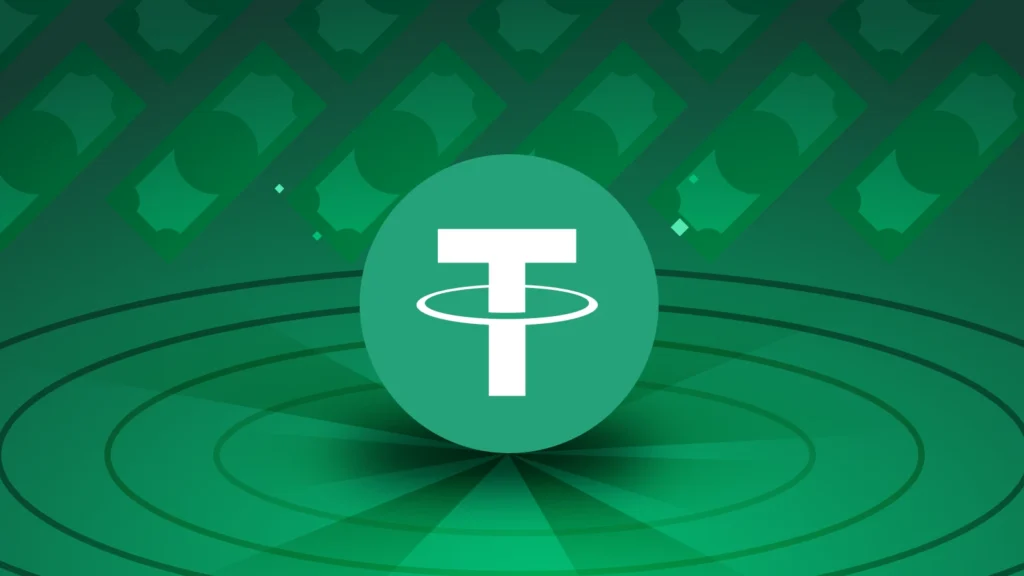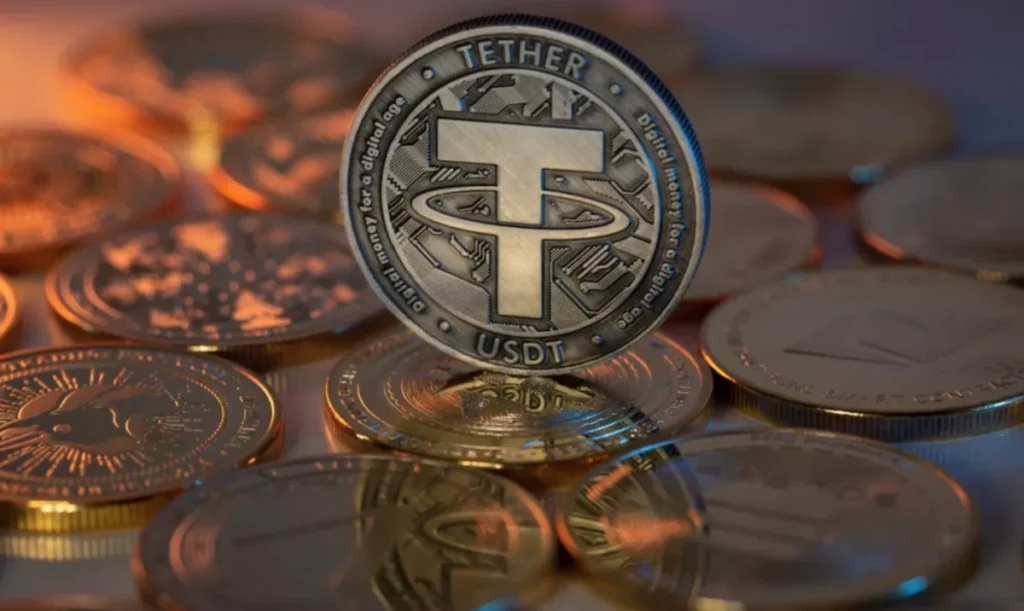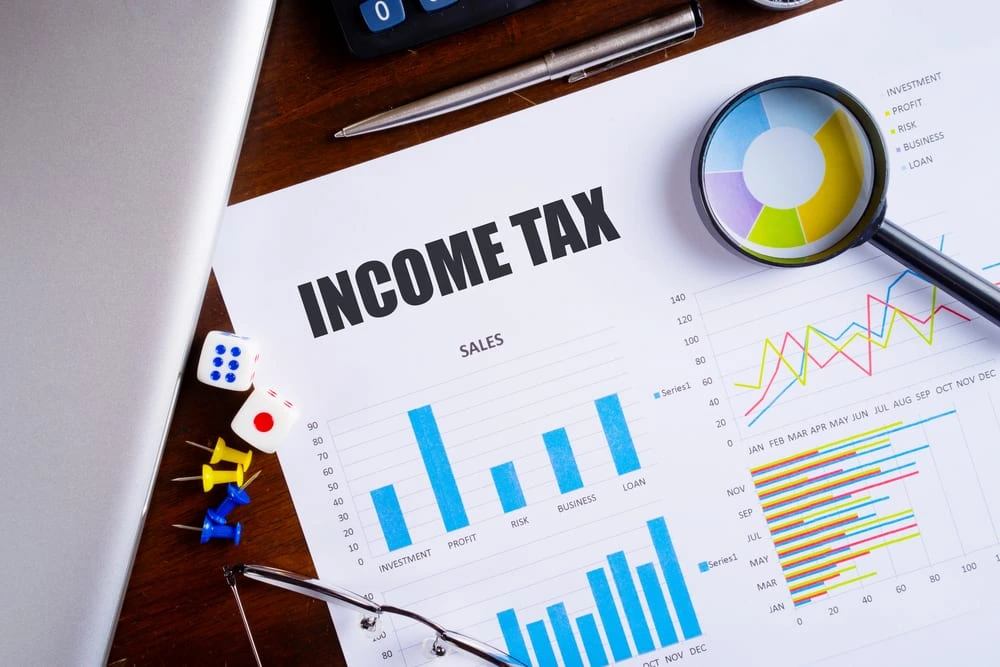What If You Bought Real Estate with USDT? Here’s What That Would Look Like
Just a few years ago, the idea of buying USDT for real estate felt like science fiction. But what if you could actually skip the bank, ditch the wire transfer delays, and buy a house with USDT—a stablecoin pegged to the U.S. dollar?
Let’s walk through what that would look like, what could go right, what could go wrong, and whether this bold new path could be the future of real estate.

What If You Could Use USDT to Buy Real Estate?
First, a quick explainer: USDT (Tether) is a stablecoin, meaning its value is tied to the U.S. dollar. Unlike Bitcoin or Ethereum, its price doesn’t swing dramatically. That’s why it’s often used as a digital placeholder for cash in crypto markets.
So hypothetically, what would change if USDT became your payment method for real estate?
Well, a lot. You’d be dealing in instant, borderless transactions. No wire delays, no bank holidays, no currency exchange drama. Let’s say you’re in Singapore and spot a dream apartment in Lisbon. Instead of waiting days for a wire transfer to clear, you send USDT in minutes. Deal done—at least in theory.


Where Is This Already Happening?
This isn’t just a thought experiment—it’s real in some parts of the world.
Imagine a market where sellers list prices in crypto and developers proudly advertise “crypto accepted here.” In places like Dubai, Portugal, El Salvador, and parts of the U.S., that’s already happening. USDT is one of the most popular options thanks to its dollar peg.
So how does a typical crypto real estate deal work?
- Buyer and seller agree on a price denominated in USDT.
- The buyer transfers funds via blockchain to a digital wallet or smart contract.
- Meanwhile, all the usual legal paperwork still applies.
- Once verified, the title is transferred—just like a traditional sale.
But here’s the twist: all of this hinges on whether the local government recognizes crypto as legal tender—or at least doesn’t outlaw its use for property.
The Hypothetical Benefits (and Pitfalls)
Let’s say everything works smoothly. You might enjoy:
Potential Pros:
- Speed: Funds settle nearly instantly—no banking delays.
- Global reach: Skip red tape for international deals.
- Stable pricing: USDT is pegged to the dollar, so no value rollercoaster.
- Lower fees: Fewer intermediaries usually means less overhead.
But what if it doesn’t go smoothly?
Potential Risks:
- Legal ambiguity: Not every country welcomes crypto in real estate.
- Scams: The irreversible nature of crypto means no refunds if you get conned.
- Taxes: You could trigger capital gains, income tax, or other crypto-specific obligations.


This “what-if” scenario highlights the gap between possibility and practicality. The technology is there, but regulations and protections are still catching up.
Should You Try It?
If you’re the kind of buyer who enjoys pushing boundaries and understands both crypto and property law, this might sound like an exciting frontier. But if the thought of a non-refundable wallet address makes your palms sweat, it’s probably best to watch from the sidelines—for now.
So ask yourself:
- Do I understand how crypto property deals work?
- Can I verify the legitimacy of sellers and platforms?
- Am I prepared for the legal or tax unknowns?
Final Thought: Is This the Future?
What if, five years from now, buying a home with USDT feels as normal as using a credit card? It’s possible. As crypto adoption grows, traditional systems may evolve—or be forced to.
For now, using USDT for real estate is still a bold move. But it’s not just a fantasy. It’s a glimpse into what’s next.
And if you’re the kind of person who likes to be early to the party? You might already be house-hunting on the blockchain.
Relevant Link : Here



